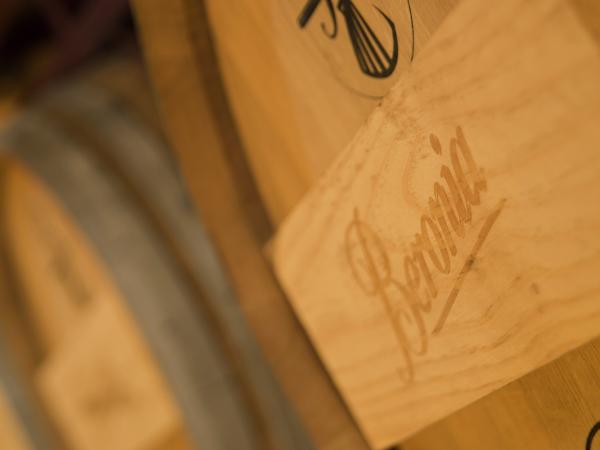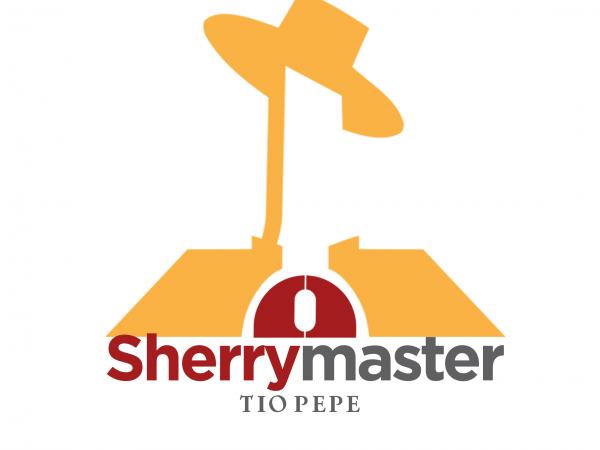The harvest is in progress at Viña La Canariera, in the Pago de Carrascal, where González Byass has 30 hectares of vineyards planted with Pedro Ximénez grape, the largest plantation of this variety in the whole of the Jerez D.O.. The venture signals the family’s commitment to reviving a particular chapter in the history of the winegrowing region and was complemented by the launch of the biggest lagar in the Marco de Jerez, where these grapes undergo every stage of the vinification process.
He work of the professionals at González Byass’ research centre, CIDIMA (Calidad, Investigación, Desarrollo, Innovación y Medio Ambiente – Quality, Research, Development, Innovation and Environment), was one of the drivers of the initiative, which began in 2006. It was that year that González Byass decided to grow Pedro Ximénez, thus becoming the first winery to take the initiative of bringing the variety, which had almost been lost, back to the Marco de Jerez.
27 hectares were planted with Pedro Ximénez during 2006 and 2007 with 3 further hectares being planted later on the back of the success of the wine produced. Subsequently, the old winemaking plant at Viña La Canariera, which had been used to make sweet wines up until 1986, was restored. The hard work yielded its first results in 2018, when the first sweet Pedro Ximénez grapes grown in González Byass’ vineyards were harvested. The D.O. Jerez is thus growing Pedro Ximénez grapes again and the full winemaking process, which involves two pressings (one horizontal and one vertical, with the latter using esparto grass mats called “redores”, as in the old days, to extract the essence of raisined grapes) has been reinstated.
The Pedro Ximénez grape is a white variety that ripens in the same way as the Palomino does but is left on the vine a bit longer until it is over-ripe and has reached 13 degrees Baumé. Once it has, the bunches are cut by hand and the grapes laid out on the ground on an esparto grass surface for 10-15 days to dry the berries out on both sides and develop higher concentrations of sugar. When they reach 25-27 degrees Baumé the vinification process starts, with the first stage producing the musts that will be fed into the González Byass PX wine soleras: Néctar and Noé V.O.R.S.
The 2020 harvesting of this grape variety began on 24th August and is set to finish in the second week of September.




